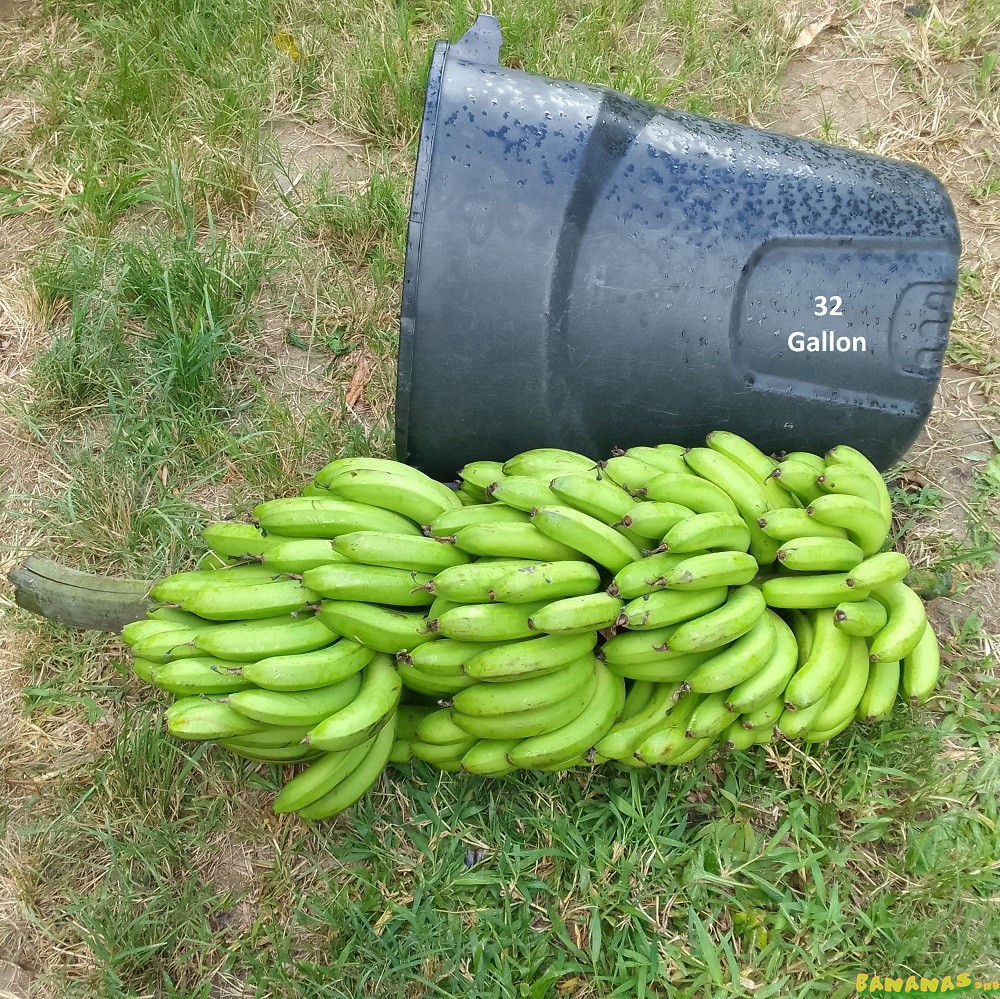We use tons of biochar, it's lightweight, absorbent, and easily breaks with your hands.
 https://www.biofuelsdigest.com/bdige...arbon-markets/
https://www.biofuelsdigest.com/bdige...arbon-markets/
First, let’s explain the basic difference between THREE materials: activated carbon, charcoal and biochar. Activated carbon, also known as activated charcoal and several other ‘active/activated source-material’ names, all come down to the implication of the modifier ěactivatedî. When used in conjunction with adsorbents, ‘activated’ refers to a small set of processing techniques that increase the internal microporosity of the original carbon-rich source material. All ‘activation’ processes remove individual carbon atoms and create individual nooks and crannies in the carbon-rich material, which are the adsorption sites. The key to activated carbon is that it is optimized for specific adsorption application (water, vapor, certain adsorbates, etc.) and the adsorption capacity is packed into as dense a material as possible to minimize the volume of adsorbent necessary. In the end, activated carbon is an adsorbent ń intended to remove something, typically organic compounds, from either vapor or liquid streams.
Biochar vs charcoal
In contrast, Charcoal is a fuel that is used for cooking and other heat generating applications and created by heating biomass, typically wood, under conditions of limited oxygen. In general, charcoal burns hotter and with less smoke than the starting biomass, and also can convert mineral ores to the corresponding metals, inspiring a series of ages: bronze, iron, etc.
Biochar is made in the same manner as charcoal, but it is intended for utilization as an adsorbent and/or a soil amendment. Basically, the key is the end use of the material. It is charcoal if it is intended to be used as a fuel; hence it is manufactured with optimal fuel properties. In contrast, if the intended use is adsorption or as a soil amendment, then it is manufactured to a different set of properties and labeled biochar. As a result, biochar shares properties with activated carbon and charcoal, but has a few unique features that distinguish it from both.
While biochar shares adsorption properties with activated carbon, it also exhibits a significant amount of ion exchange capacity, a property that is minimal or absent in traditional activated carbons. The ion exchange property, which is usually measured and reported as ‘cation exchange capacity’, is due to residual carboxylic acid functionalities on the biochar graphitic backbone. Since activation removes any residual side chain aliphatic groups, activated carbons have reduced ionic interactions.
The other big differences between biochar and activated carbons are bulk density and mechanical hardness. Activated carbon is intended for applications where packing as much adsorption capacity into a fixed volume is paramount, like gas masks and fixed-bed adsorbers. In addition, activated carbon can be regenerated and reused in many applications, so mechanical hardness (also known as the lack of friability) allows the carbon to be moved without falling apart or breaking down in particle size.
If one combines the lower adsorption per unit weight of biochar with the lower bulk density, the resulting adsorption capacity on a volume basis is 1/6th to 1/12th that of high quality activated carbons. For this reason, biochar is typically used in applications where the material is spread out on the ground, so low density is not a disadvantage. In fact, in soil applications, where an important property is the ability to capture excess precipitation and retain it, the low density of biochar translates into additional voids that can fill when it rains.
Unique properties
Biochar is a material that is preferred when several of its unique properties can be exploited in the same application. The unique properties of biochar include low density (providing additional voidage and aeration in the soil), significant adsorption and cation exchange capacity, and the ability to promote living microbiology in the soil, enhancing the ěSoil Food Webî. Combining these properties leads to a predictable selection criteria for when to consider activated carbons versus biochar.